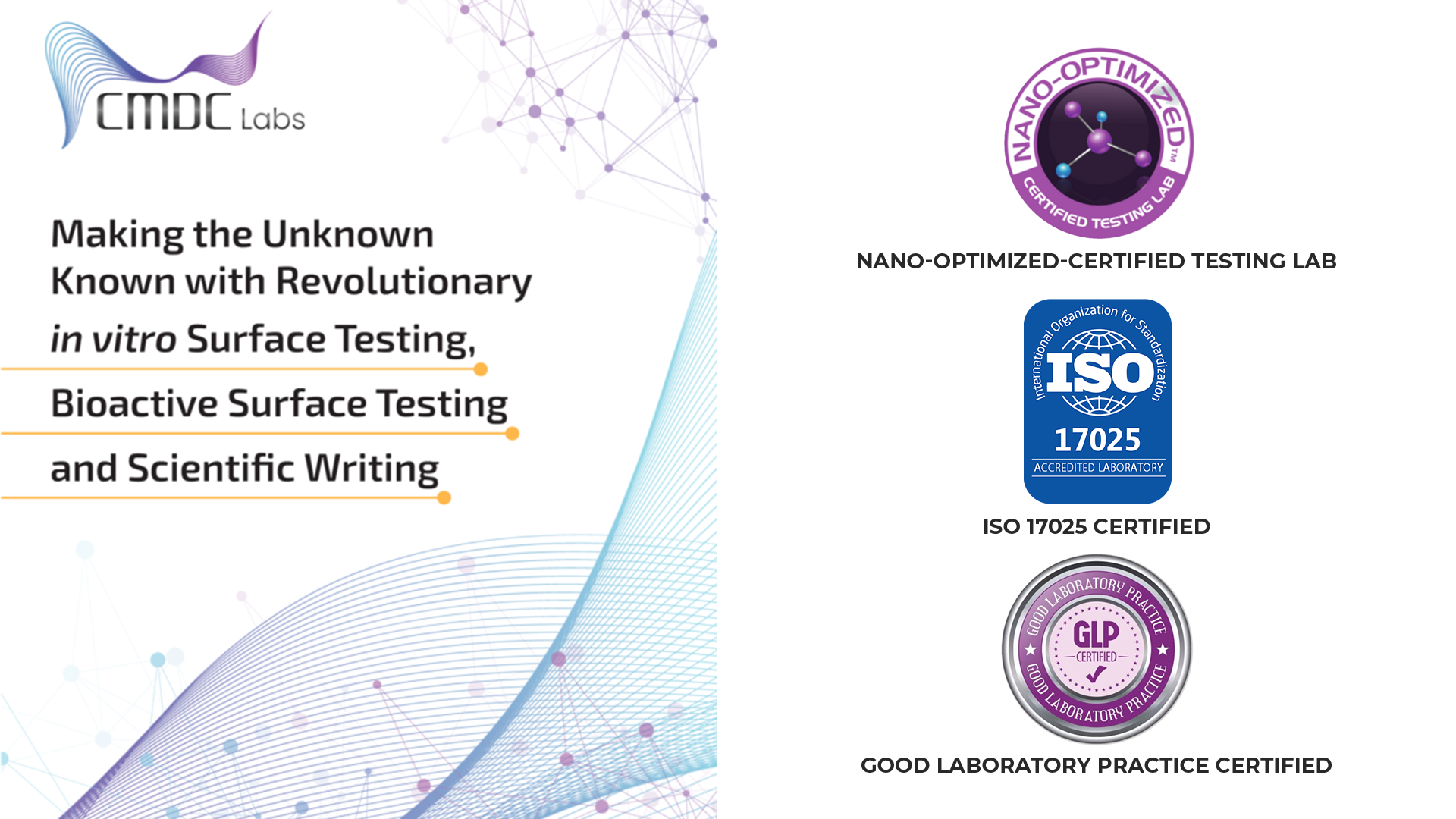Ready-to-eat meals have become a staple in modern food culture. From refrigerated pasta dishes to prepared salads and chilled entrées, convenience foods promise speed, flavor, and simplicity—allowing consumers to skip cooking while still enjoying a meal that feels fresh.
But a recent multistate investigation into Listeria monocytogenes contamination linked to ready-to-eat pasta meals has raised a troubling question:
How can a heat-treated product still carry a dangerous pathogen?
The outbreak, currently under federal investigation, has led to illnesses across multiple states and renewed attention on a critical weakness in food safety systems: post-processing contamination.
Even when food is cooked correctly during production, contamination can still occur later in the process, often silently and invisibly.
This incident has become a powerful reminder that for certain pathogens—especially Listeria—heat treatment alone is not enough to guarantee safety.
Why Listeria Makes This Outbreak Different
Foodborne illnesses are not new. But Listeria stands apart from many other pathogens for several reasons that make it particularly dangerous in chilled, ready-to-eat foods.
Unlike many bacteria:
- Listeria can survive refrigeration
- It can grow at temperatures as low as 32°F (0°C)
- It thrives in moist, chilled environments
- It colonizes drains, floors, and hard-to-clean surfaces
- It forms biofilms that resist sanitation chemicals
This means that even after a food product is fully cooked:
- cooling rooms,
- packaging lines,
- conveyor belts,
- slicers,
- and storage areas
can become sources of contamination.
Once Listeria enters these environments, it can persist for months—or even years—if not properly controlled.
Heat Treatment: Not the Final Barrier Many Assume
Most consumers believe:
“If it’s cooked, it’s safe.”
But in industrial food production, the process does not end when the product leaves the cooker.
The path from cooking to packaging includes multiple critical steps where contamination may occur:
- cooling tunnels or rooms
- transfer equipment
- cutting or portioning systems
- packaging machines
- employee handling
- storage environments
If Listeria is present in any of these areas, it can contaminate the product after heat treatment.
In this outbreak, investigators have highlighted the likelihood of:
- environmental contamination within production facilities
- possible cross-contact during packaging
- pathogen persistence in chilled processing zones
This pattern aligns with historical Listeria outbreaks involving:
- deli meats
- soft cheeses
- smoked fish
- packaged salads
- ready-to-eat meals
In each case, the common factor has been contamination after cooking, not during.
Why Ready-to-Eat Pasta Meals Are Particularly Vulnerable
Chilled pasta dishes create an ideal environment for Listeria growth:
- moisture-rich ingredients
- neutral pH
- fats and proteins
- refrigeration storage
When combined, these elements allow even small numbers of Listeria cells to survive and multiply.
Ready-to-eat pasta meals also offer:
- multiple touchpoints during production
- ingredient mixing stages
- sauce additions post-cooking
- garnishes added cold
Each additional step increases the risk of exposure to contaminated surfaces or equipment.
The Hidden Risk of Multi-Ingredient Foods
Single-ingredient foods have a simpler risk profile.
But ready-to-eat meals often include:
- pasta
- vegetables
- proteins
- sauces
- dairy components
Any one of these ingredients may introduce contamination.
For example:
- vegetables may carry soilborne Listeria
- dairy ingredients may harbor residual microbes
- processing aids may introduce moisture corridors
- ingredient blending equipment may provide surface attachment points
When ingredients are combined late in production, monitoring becomes more complex.
How Listeria Persists in Food Facilities
Listeria’s ability to form biofilms makes it extremely difficult to eliminate.
Biofilms allow bacteria to:
- attach firmly to surfaces
- resist cleaning agents
- survive sanitation cycles
- spread through water flow and condensation
Common harbor points include:
- floor drains
- conveyor belts
- rubber seals
- slicers
- cooling equipment
- cracked flooring
- condensate droplets on overhead structures
If these reservoirs are not identified and eradicated, they can repeatedly contaminate products.
What This Outbreak Reveals About Food Safety Systems
This investigation highlights a critical point:
Verification of cooking temperatures is not sufficient to guarantee safety in ready-to-eat foods.
Modern food safety must address:
- environmental contamination risks
- sanitation validation
- post-processing exposure
- facility design flaws
- employee handling practices
The outbreak demonstrates that:
- routine testing may miss persistent contamination
- environmental monitoring gaps allow pathogens to survive
- reliance on end-product testing alone is inadequate
The Importance of Environmental Monitoring Programs
Environmental monitoring is one of the most effective tools for detecting Listeria in production facilities.
Key components include:
- swabbing food-contact surfaces
- testing non-food-contact areas
- monitoring drains and moisture zones
- trending microbial results over time
- identifying recurring contamination patterns
A strong monitoring program helps facilities:
- detect Listeria before it contaminates products
- identify hidden harborage sites
- evaluate sanitation effectiveness
- determine whether corrective actions work
Without a robust program, contamination may remain unnoticed until illnesses occur.
Process Validation: A Critical Step Often Overlooked
Process validation ensures that:
- cooking procedures reduce risk
- cooling steps prevent microbial growth
- packaging systems remain sanitary
- facility flow prevents cross-contact
However, validation must be ongoing.
Changes in:
- equipment
- ingredient sourcing
- facility layout
- staffing
- environmental conditions
can all alter risk profiles.
Regular reevaluation is essential.
Rapid Detection Matters
One of the most important lessons from this outbreak is the need for rapid detection.
Traditional microbiological methods can take days.
During that time, contaminated products may:
- leave the facility
- enter distribution networks
- reach consumers
Rapid testing technologies allow producers to:
- identify contamination sooner
- hold product until results verify safety
- reduce the scope of recalls
- minimize illness risk
Consumer Trust and Brand Integrity
When ready-to-eat foods are linked to illness, the impact extends beyond immediate health risks.
Companies may face:
- product recalls
- destroyed inventory
- lost retailer contracts
- damaged brand reputation
- long-term trust erosion
Rebuilding consumer confidence after a Listeria outbreak can take years.
This makes prevention far more valuable than response.
How Independent Laboratories Support Prevention (CMDC Section Begins Here)
Independent laboratories play a vital role in strengthening food safety systems.
CMDC Labs supports ready-to-eat food producers through:
Environmental Monitoring Programs
designed to:
- identify Listeria harborage points
- verify sanitation success
- track contamination trends
Process Validation Services
to ensure that:
- cooking,
- cooling,
- and packaging systems
effectively control risk.
Rapid Listeria Detection
allowing producers to:
- test product and environments quickly
- hold product when necessary
- release product confidently
Corrective Action Support
including:
- root-cause analysis
- sanitation procedure evaluation
- risk assessment guidance
Why CMDC’s Approach Helps Protect Consumers and Brands
By combining:
- scientific rigor,
- validated methods,
- and transparent reporting,
CMDC Labs helps food producers:
- reduce the likelihood of outbreaks
- minimize recall risk
- maintain regulatory confidence
- protect brand reputation
The goal is prevention—not reaction.
Conclusion: Heat Isn’t the Final Step in Food Safety
This multistate outbreak reinforces a critical reality:
Cooking eliminates many pathogens, but post-processing contamination remains a serious threat, especially for ready-to-eat foods.
The most effective protection requires:
- environmental monitoring,
- process validation,
- rapid detection,
- and ongoing verification.
As the investigation continues, the lessons extend far beyond one product category.
They apply to any food producer committed to delivering safe, reliable, and trusted products to consumers.
Sources: STAT News, FDA.gov, CDC.gov, Food Safety Research Publications.

